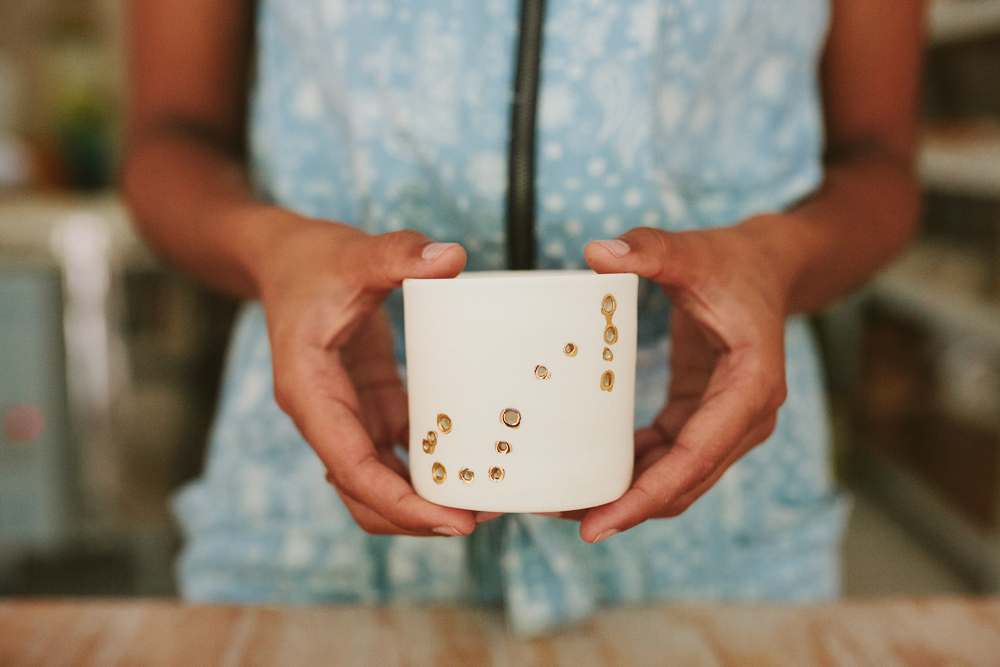June 10, 2015
Gopi Shah Ceramics
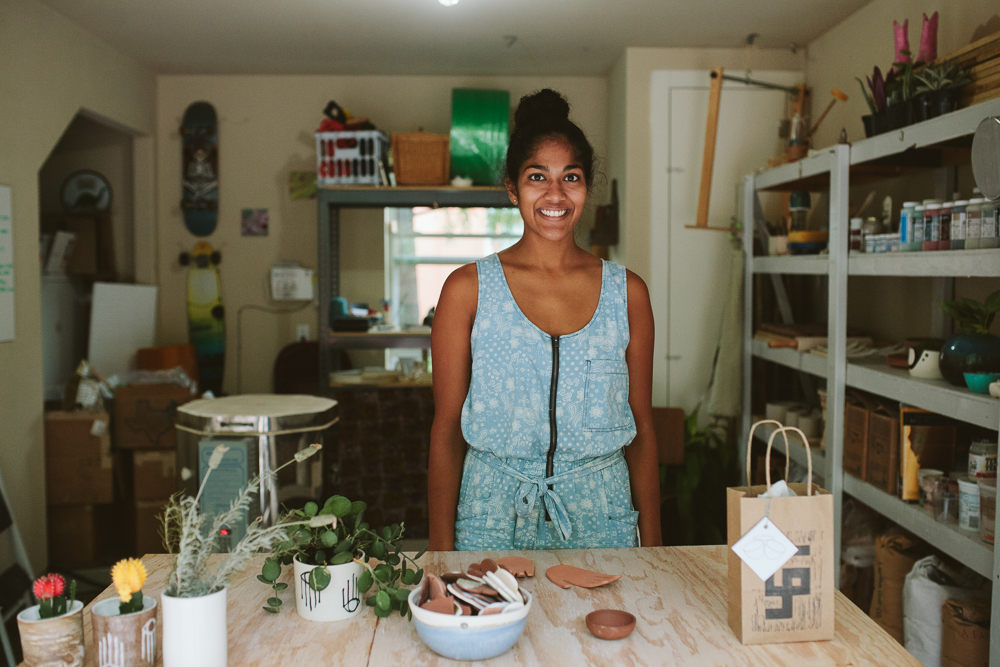
During our time in Austin we had the chance to visit Gopi Shah’s studio and get to know the California native who has quickly become a large part of the ceramic scene. From her popular hand dishes to her collaboration on Sister Coffee’s cheeky (or I should say, booby) tumblers, if you live in Austin, chances are you’ve seen Gopi’s work. We loved getting the opportunity to learn more about Gopi’s inspirations, process, and big dreams last month:
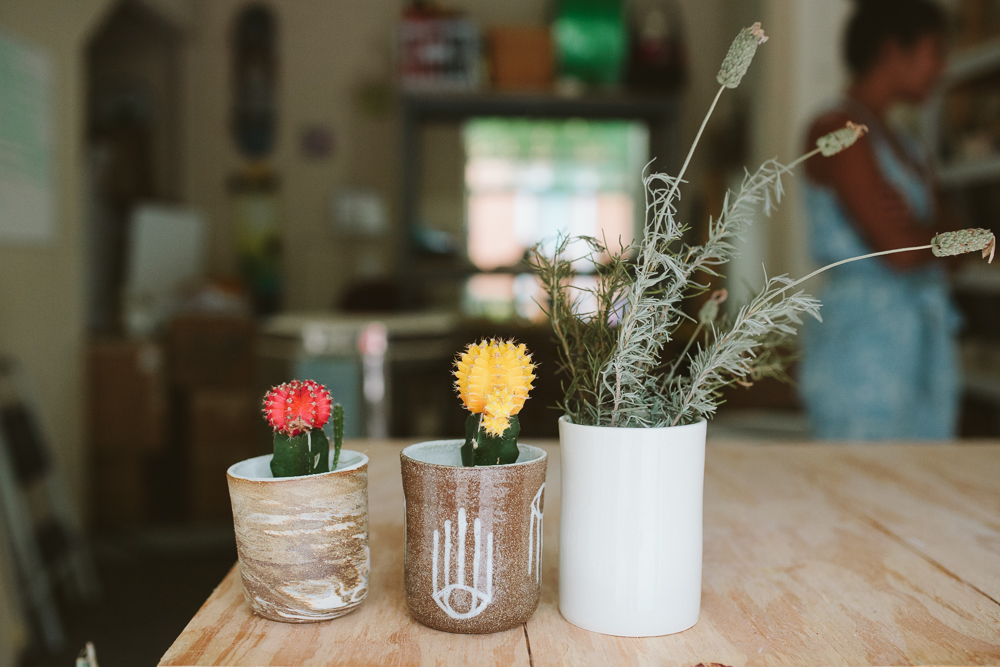
Ceramics in generally has a really long process since there are so many steps that go into each piece. I buy my clay from Armadillo Clay, which is a local clay shop a few blocks away from me. I like using local clay, which will change the way my pottery looks whenever I move. Each bag of clay comes in a 25 pound bag. I usually have something I have in mind that I want to make with each bag of clay. For example, if I make the zodiac lanterns, I will cut up this 25 pound bag of clay into small cubes that are 0.75 pounds of clay each and smack them down into balls. Once all the balls are ready, I get situated on the wheel and begin throwing. A clay ball has many steps to becoming a piece – I center the piece of clay, create a quarter-sized indentation in the middle that my thumbs push down on to make the center of the piece, pull out the bottom, raise the sides, trim the bottom, push or pull on the sides to create a shape, smooth the top rim, and cut the piece off the wheel.
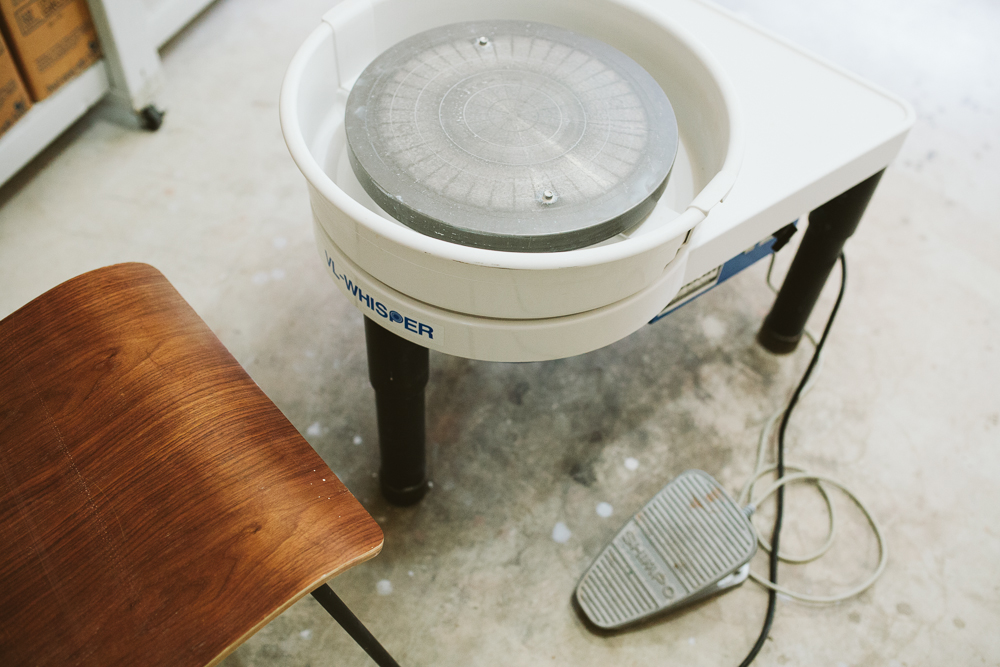
Then I do it all over again until all the balls of clay have become pieces. Once the pieces have dried a bit, I can flip them over and trim the bottom so that it is smooth and stamp my logo on the piece. For the zodiac lanterns, I take each one, draw the constellation on the side, and hand punch the holes to the pattern of the stars. I then wait for them to dry a bit more and smooth out the holes with a sponge. In this stage, the clay is called greenware since it is still wet. Once the water has evaporated out, I can bisque fire it, where I take it up to around 1970 degrees Fahrenheit. Bisque ware is porous enough to absorb glaze, but is not brittle. Glazing requires knowledge of chemistry and compounds. I have experimented with different glazes and have a few I created on my own from various chemicals. I glaze each piece by either dipping them in the glaze or brushing a glaze directly onto the surface. There are so many ways to decorate pottery – scratching the surface into a pattern, brushing, sponging, using underglazes. Glaze cannot be on the bottom of your pots because the piece will stick to your kiln shelf once it is fired, so I have to sponge the bottom of each piece. I then load the kiln again with glazed pieces. I load a shelf in, put three stilts in the corners, put the glaze pieces between the stilts, and then put a shelf on top of the stilts until the kiln is full. I then fire this to around 2200 degrees Fahrenheit. This allows the glaze to melt onto the surface of the ceramic and become the beautiful colors everyone is accustomed to seeing on ceramic pieces. Usually this is when a piece would be done. However, with the zodiac lanterns, I use gold luster, which is an overglaze. I unload the kiln and brush on gold luster to each piece over the glaze. I then reload the kiln and fire it to around 1300 degrees Fahrenheit where it gets that beautiful gold sheen. See? I told you there are a lot of steps in ceramics…
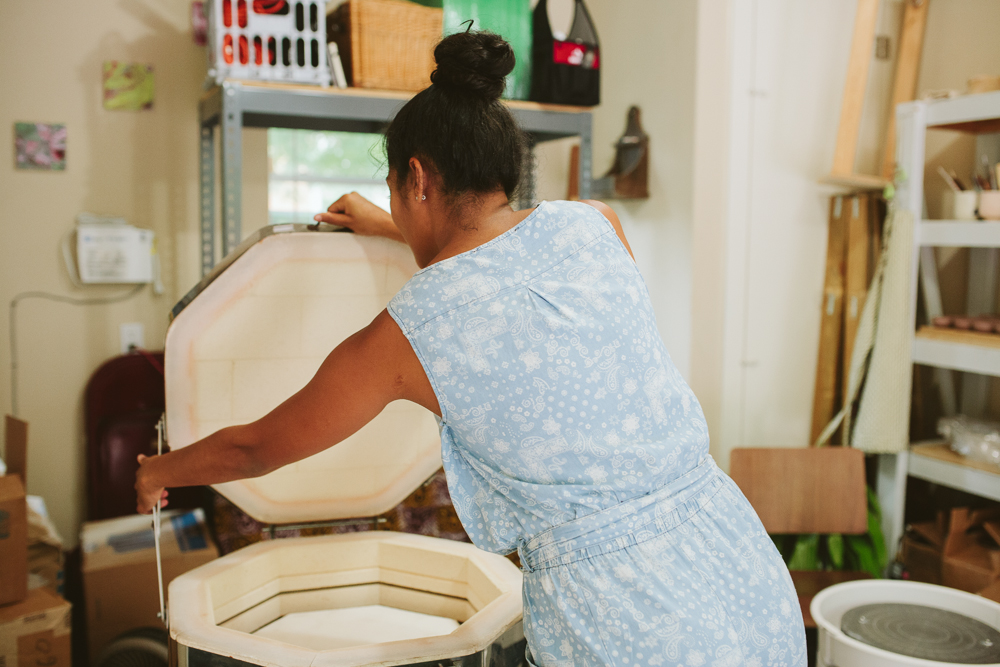
I started working with ceramics in high school. I had a great teacher who let students explore the constraints of clay, which allowed me to learn a ton. He was very influential in shaping my approach to ceramics and helped me learn a lot about various processes of clay. I actually still keep in touch with him to this day!

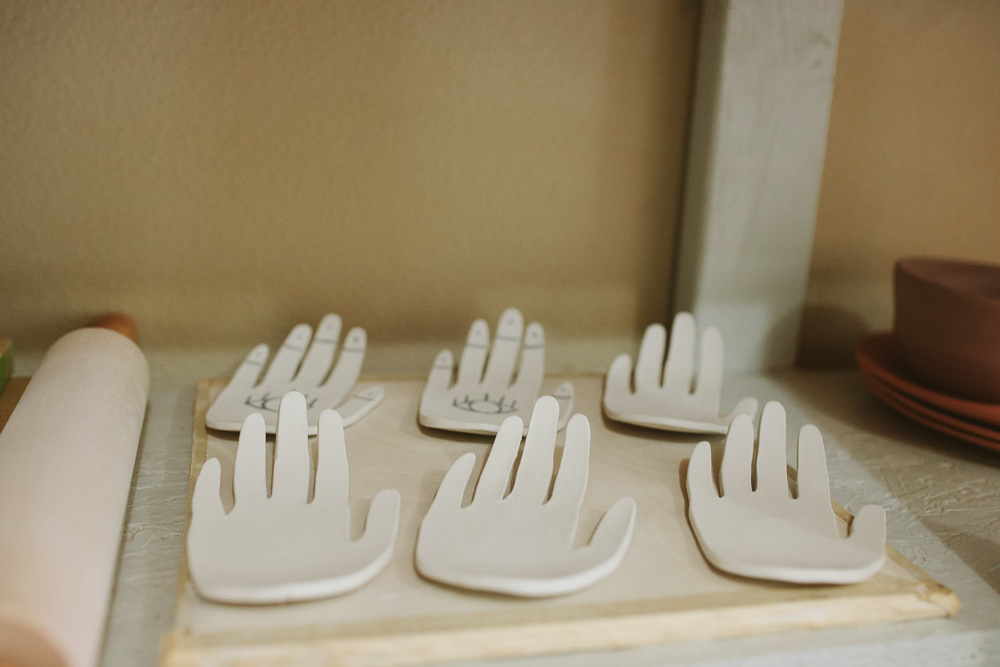
In 2014, I started my business but was very scared to not have a steady income. Up until then, I had worked 9-5’s that had 401Ks and health insurance. So, I ended up creating a 9-5 for myself with a bunch of part time jobs instead, which inevitably pushed my business to the back burner. In 2015, I gathered enough courage to really do ceramics full time. I thought I owed it to myself to try doing what I love full time. It’s been amazing so far. I am very appreciative that I am in a position where I can dedicate all hours to making my business a success. I’d encourage anyone in my position to really go for it, as it does require a ton of time!

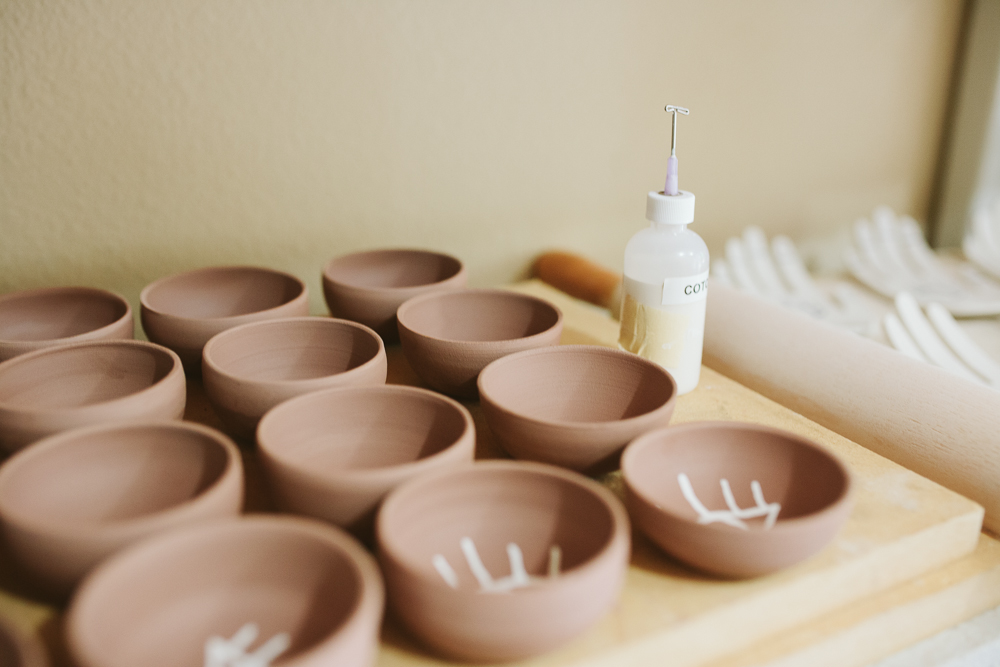
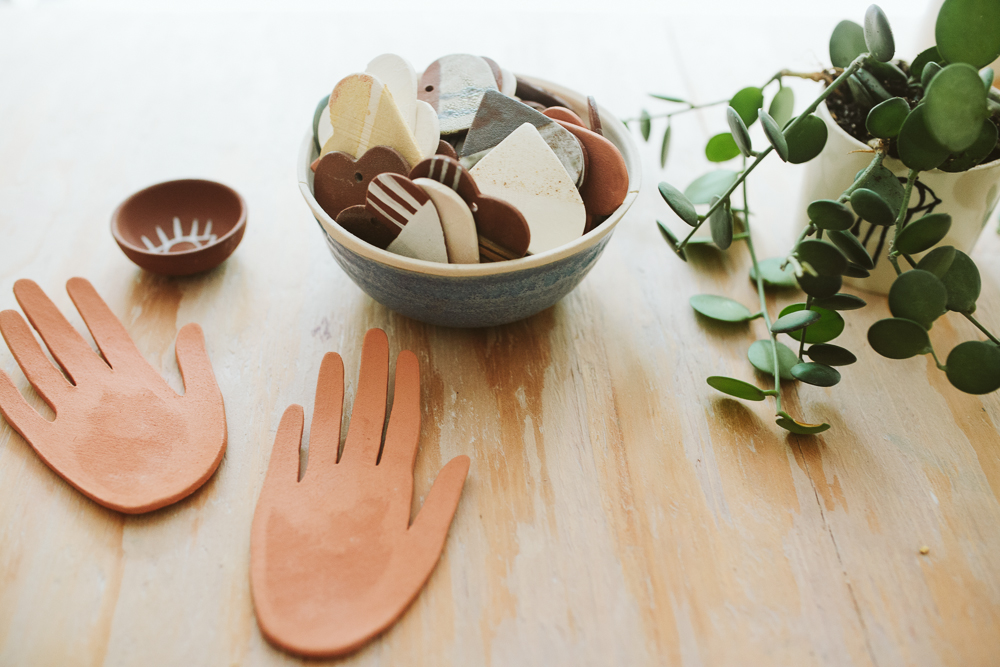
Inspiration comes from a ton of different things. In California, I was really inspired by the beach since we lived in Santa Monica and did a lot of forms with barnacles and ocean foam texture. In Austin, my inspiration has come more from textiles and prints, which is shown on some of my newer work. It’s really exciting to travel and get inspired by different things. I keep a small journal where I end up drawing ideas when I get them. I remember I was on the bus one day and saw a bunch of wood with red, yellow, white, and blue ends and came up with a pitcher and cup set that I wanted to make. A lot of my forms also come from ceramics I want in my house, and then I end up making a few more to see how they are received. One of my favorite things I have made is my berry bowl or colander. It is really practical and the perfect size for washing berries.
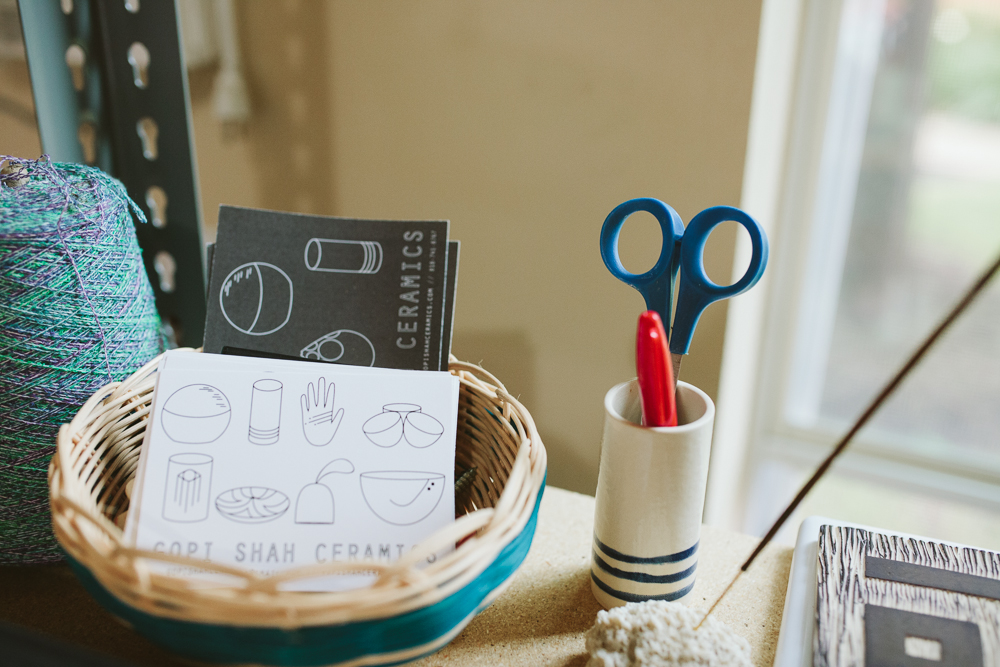
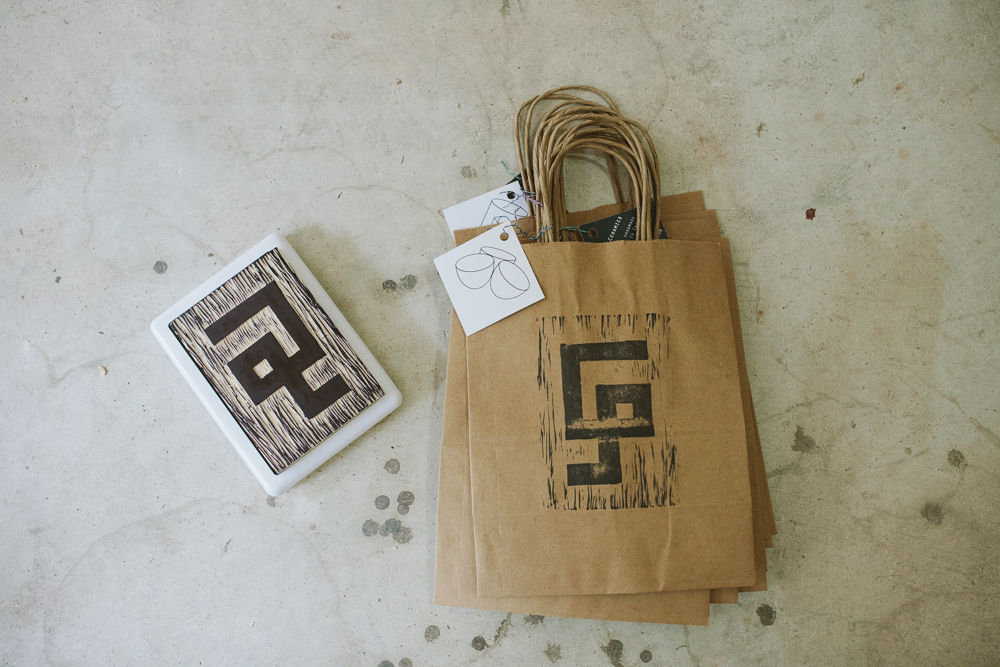
The hardest thing for me was believing in myself. Before I started my business, I worked at an environmental non-profit. When I met someone new, I labeled myself as an environmentalist before a ceramicist. It was hard to tell people that I was an “artist” because I didn’t feel like one. When I moved to Austin, I figured it was easier to start a new life where people did not know who I was and I could have the freedom to create this new persona. Slowly it started getting easier to say that I am a ceramicist. There are still so many days that I question what I am doing with my life. And then I remember I’m living my dream and become driven to make this dream a success.
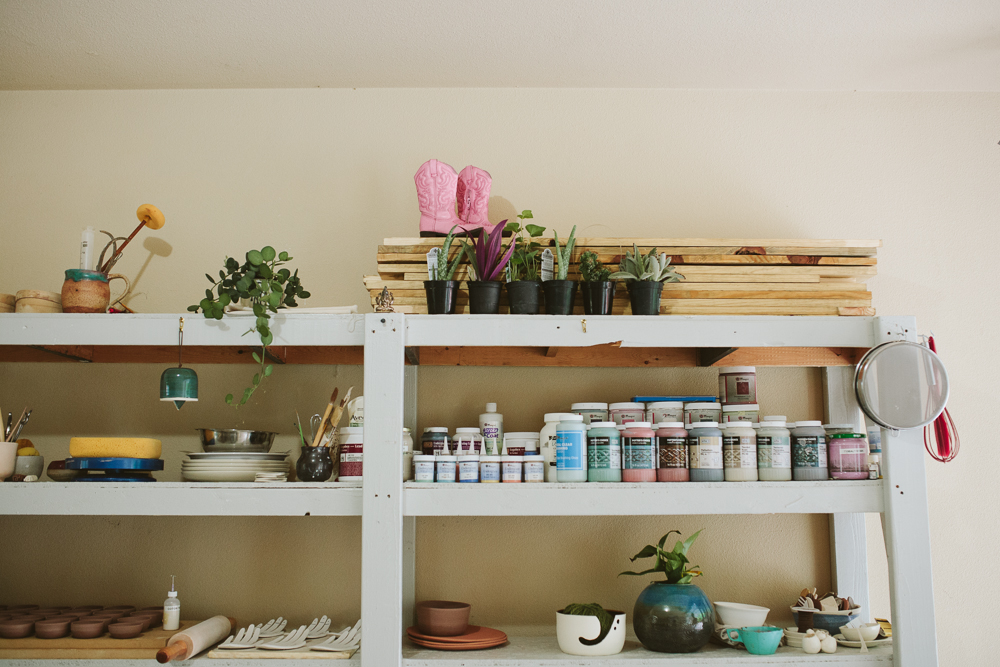
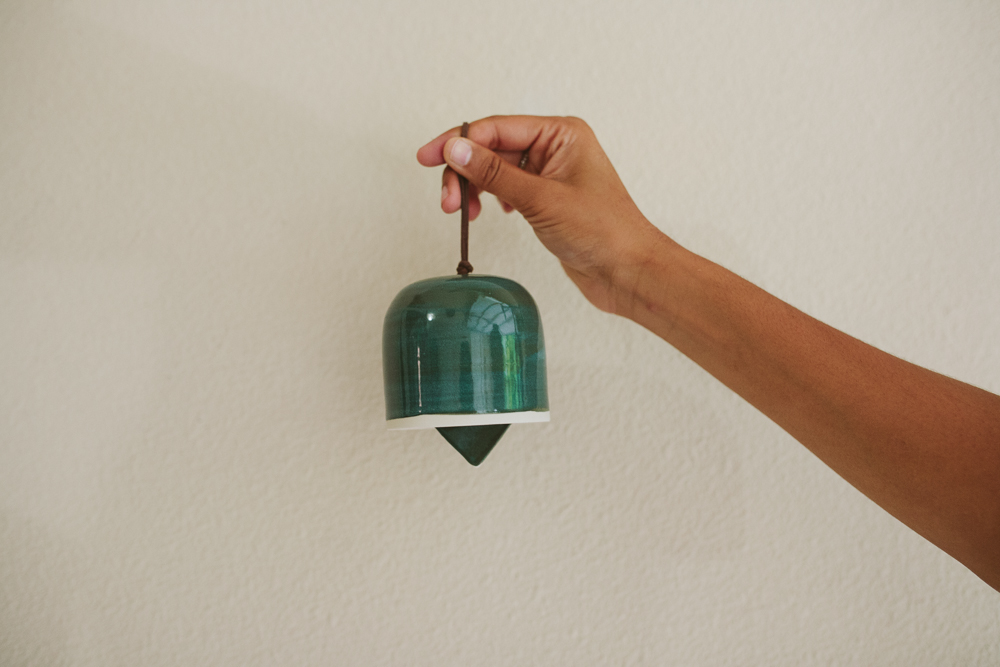
Also, I think it is best to make things that make you happy instead of making things that may be trendy. I made a bunch of different ceramic wares and have been experimenting with different forms to see what people like. Things I have made that I love are generally what sell more, probably because customers can see the love you have put into a certain item over another. 
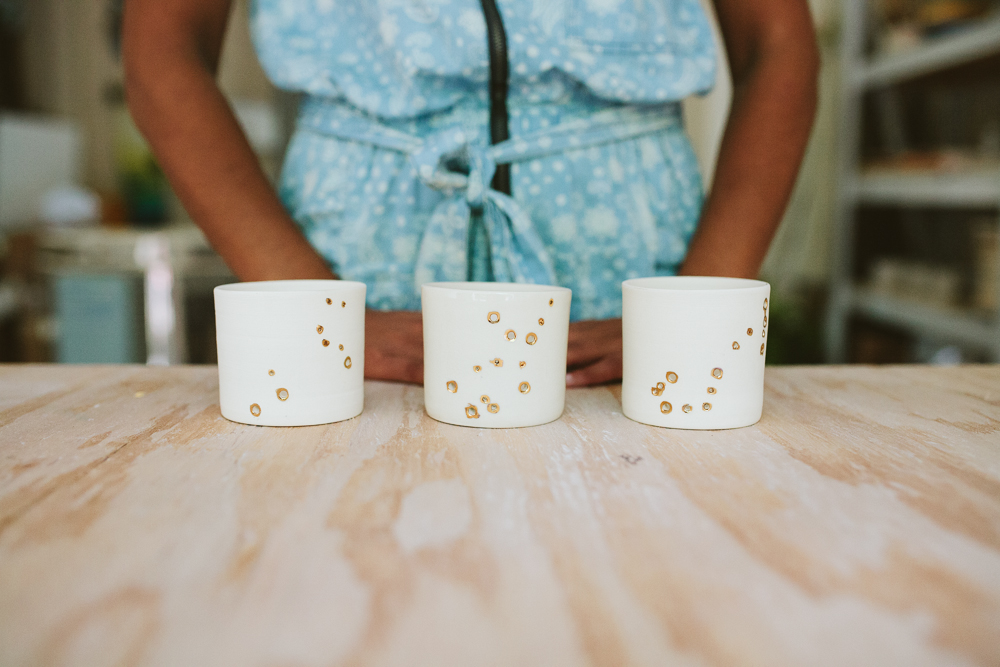
Gopi has been a delight to have at our Fairs in Austin, and we cannot wait to see her evolving work continue to pop up in shops all around the country! Take a look at all the photos from this visit on our Flickr and check out Gopi Shah Ceramics, you won’t regret it.
